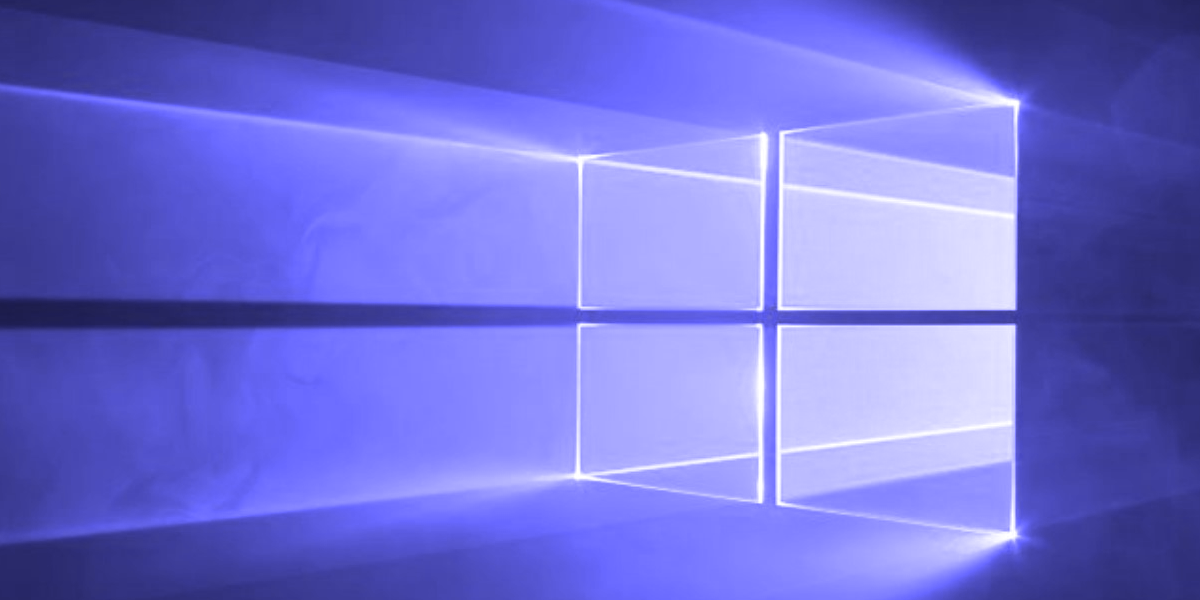The update highlights specific vulnerabilities that pose potential security risks across different services and applications. These include issues within Windows DirectX, Routing and Remote Access Service (RRAS), Windows File Explorer, and several Microsoft Office applications (like Word, Excel, and SharePoint). Each of these vulnerabilities has been categorized based on their exploitability and impact, with some identified as exceptional, unexpected, or unsafe.
Additionally, the update lists 21 non-Microsoft CVEs, which involve vulnerabilities found in third-party software and services, such as GitHub and Chrome Edge. These vulnerabilities are accompanied by their respective identifiers and references for further exploration, including workarounds and mitigations.
To improve security, users are encouraged to regularly consult the Microsoft Security Update Guide, where they can find detailed information and resources related to the vulnerabilities and their resolutions.
Extension:
As cyber threats evolve, it's critical for organizations and individuals to stay informed and proactive about their cybersecurity measures. Beyond simply applying updates, users should engage in best practices like conducting regular system audits, utilizing comprehensive security software, and educating staff about phishing and other social engineering tactics.
Furthermore, as cloud services and remote work become increasingly prevalent, securing connected devices and services like Azure and Microsoft 365 is essential. Organizations should consider implementing multi-factor authentication (MFA), regularly updating security protocols, and ensuring robust data backup strategies to safeguard against potential breaches or data loss.
Finally, keeping abreast of the latest security advisories and threat intelligence can enhance an organization’s ability to respond effectively to emerging vulnerabilities, ensuring both the integrity and confidentiality of sensitive information
Microsoft October 2025 Security Updates
The October 2025 security update includes 175 Microsoft CVEs, including the agere Windows Modem Driver, Microsoft PowerShell, Windows Failover Cluster, Azure Connected Machine Agent, Microsoft Brokering File System, Virtual Secure Mode, Microsoft Graphics Component, Windows Kernel, Windows Device Association Broker service, Windows Digital Media, Windows Hello, Windows Digital Media, Microsoft Exchange Server, Visual Studio,.NET,.NET Framework, Visual Studio, Azure Monitor, Windows Storage Management Provider, Windows BitLocker, Windows PrintWorkflowUserSvc, and Windows BitLocker.


